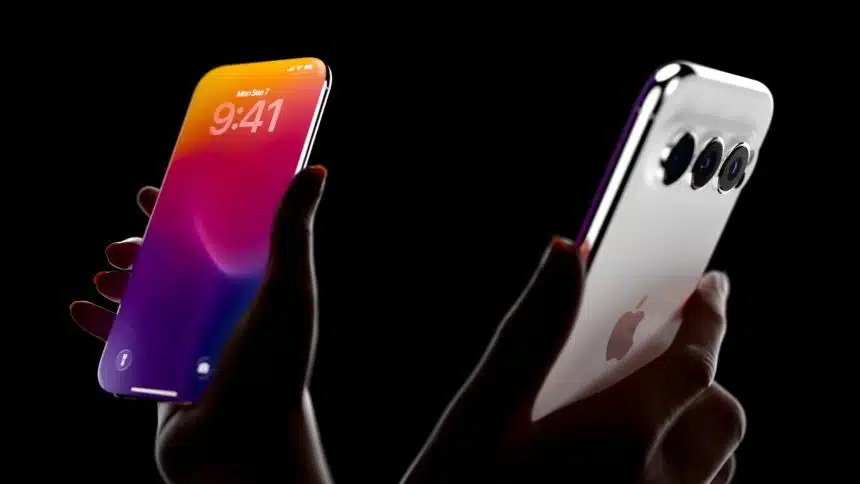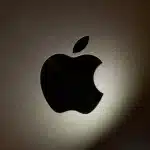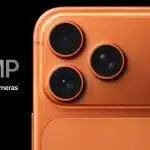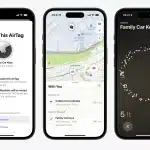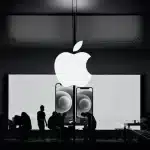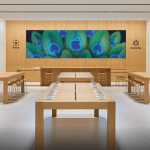Apple is gearing up for a major leap in camera performance with the upcoming iPhone 20. According to industry insider Yeux1122 on Naver, the 20th-anniversary iPhone, expected in 2027, will use advanced LOFIC (Lateral Overflow Integration Capacitor) sensor technology.
This breakthrough could allow the iPhone 20 to capture sharper, more detailed images across all lighting conditions. The feature may also eliminate the need for traditional HDR stacking, giving users professional-quality photos straight from the camera.
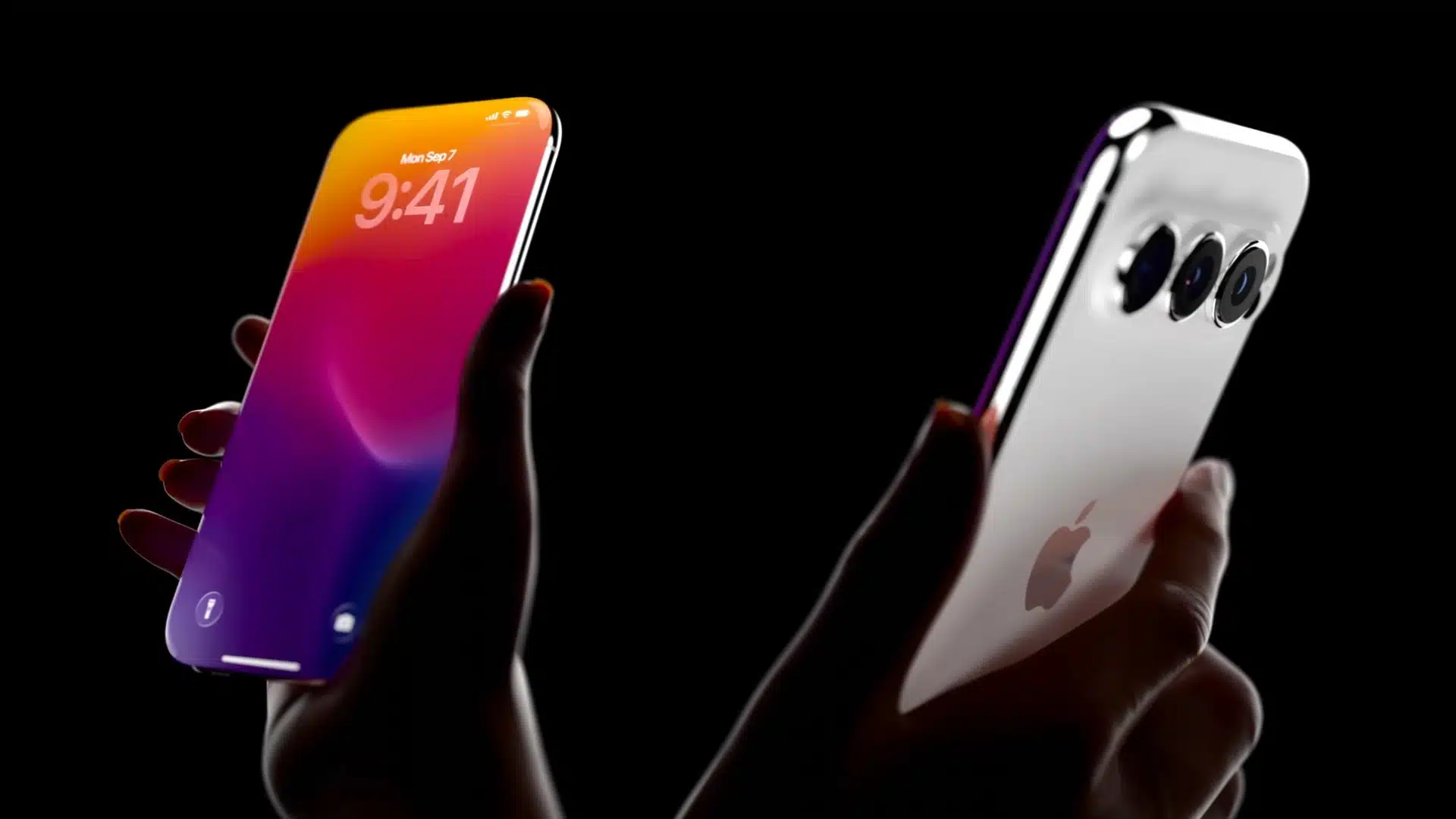
What Is LOFIC Technology?
LOFIC sensors improve how a camera handles light. They store extra electrical charge from overexposed pixels in a built-in capacitor instead of losing that data. This process lets the sensor record a wider range of light — from bright highlights to dark shadows — in a single image.
In simpler terms, LOFIC helps the iPhone balance exposure better. Photos of sunsets or dimly lit interiors will look clearer, with less motion blur or ghosting. It’s a step toward more natural and accurate images without the artificial look that some HDR photos have.
Competing With Global Rivals
Apple isn’t alone in pursuing this new sensor technology. Chinese smartphone makers like Huawei and Xiaomi are also developing LOFIC-based cameras. However, Apple’s advantage lies in its in-house design approach. Reports suggest Apple has already built and tested an early prototype of its custom CMOS sensor.
Samsung, one of Apple’s key rivals, has not confirmed any timeline for adopting LOFIC sensors. This gives Apple an opportunity to lead the market in advanced mobile photography.
A New Era for iPhone Cameras
If Apple delivers on these plans, the iPhone 20 could become its biggest camera upgrade in years. The blend of LOFIC hardware and Apple’s powerful image-processing software could redefine smartphone photography. As Apple celebrates the iPhone’s 20th anniversary, the focus is clear — pushing mobile imaging to new limits.
